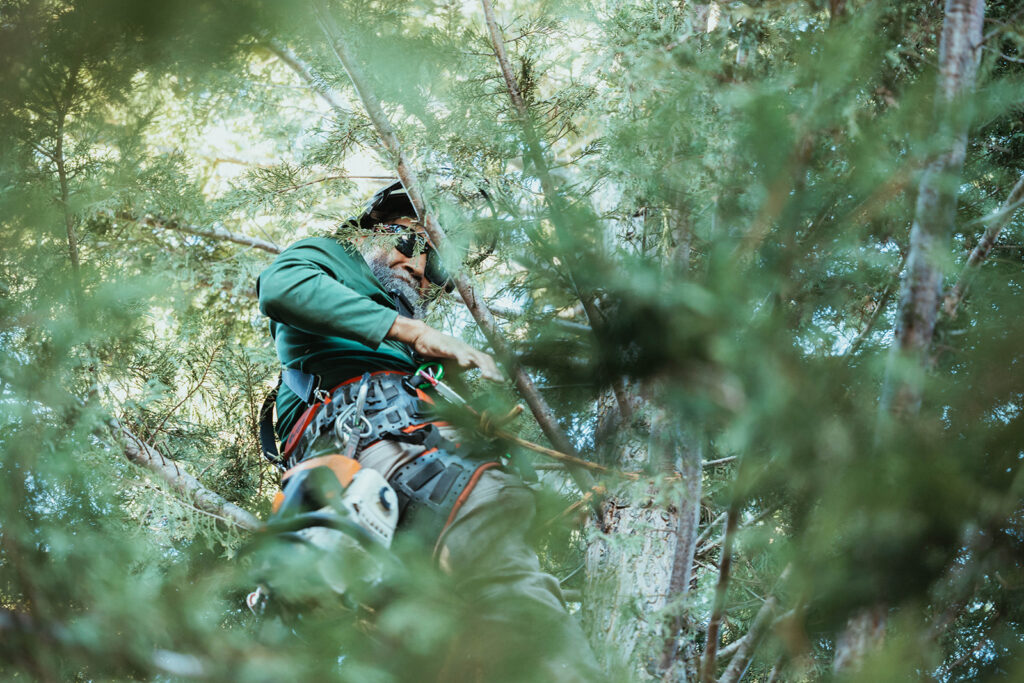
While trees in their natural habitat don’t have blankets or covers, some situations call for additional winter protection for your landscape trees. This guide will help you determine whether your trees need winter protection and how to provide it properly to maintain their health and longevity.
Most mature, native trees don’t need winter protection because:
Young Trees
Vulnerable Species
Special Situations
Location Risks
Soil Conditions
Tree Wrap
Guards
Anti-Desiccation Sprays
Best for: Evergreens
Burlap Screens
Mulching
Depth: 2-4 inches
Snow Fencing
Proper Timing
Correct Materials
Regular Maintenance
Common Mistakes
Harmful Practices
While not all trees need winter protection, understanding when and how to provide it can be crucial for vulnerable trees. Focus protection efforts on young, newly planted, and sensitive species while allowing established native trees to rely on their natural adaptations. When in doubt, consult a certified arborist to develop the best winter protection strategy for your trees.